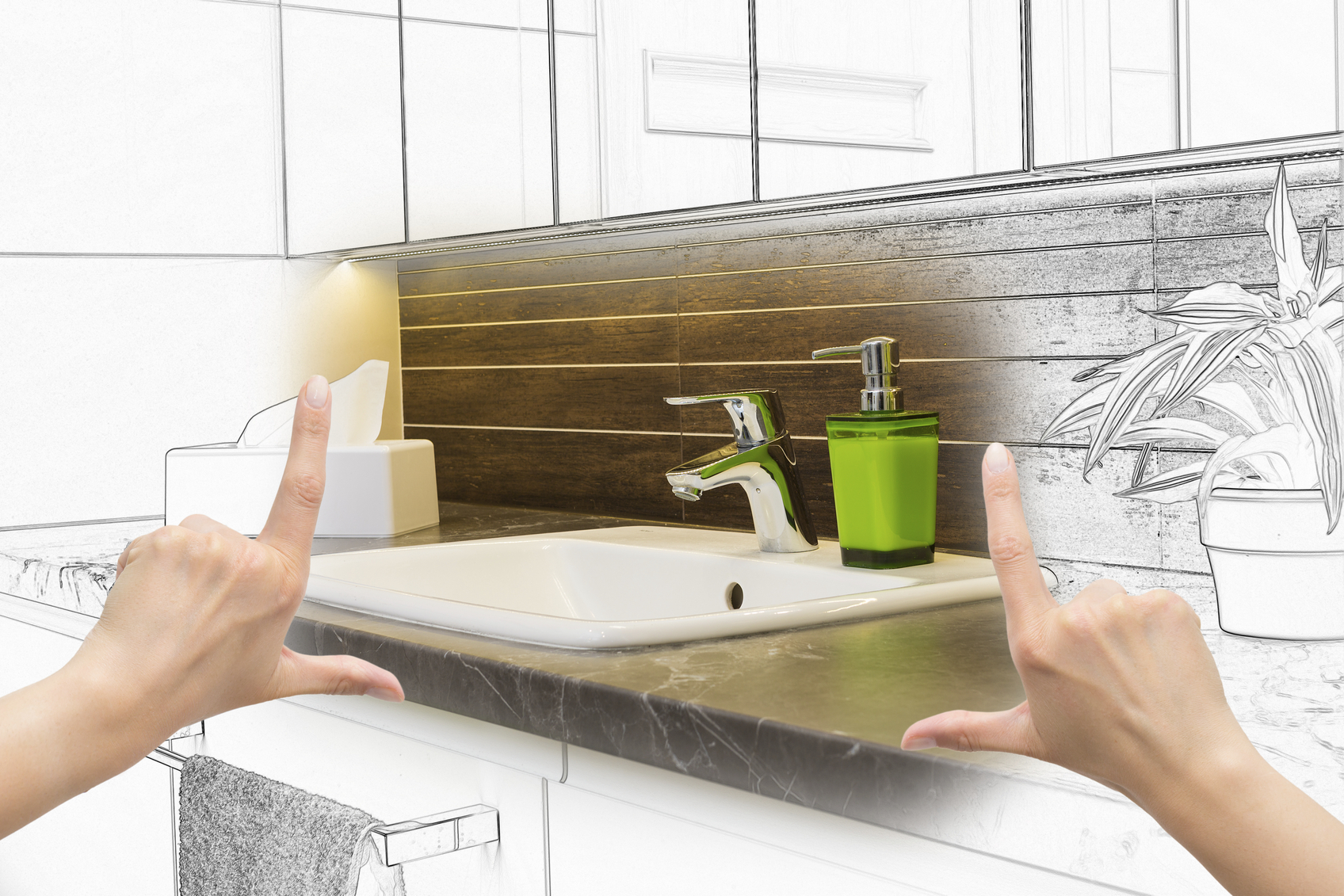When planning a remodel that’s in line with what you can afford, expect to review, revise and repeat.
Matching your renovation dreams and dollars can sometimes feel like a challenge. But there’s a lot you can do to get the look you want at the right price. In the first story in this series, we laid out the steps in choosing the pros you will work with and setting an initial budget.
Here we’ll focus on how to work with your professionals to sharpen your renovation vision, understand its realistic cost, and refine the plan to match your budget when necessary. You’d follow the same basic process if you’re acting as your own general contractor.
Create Your Dream Plan
Once you’ve chosen the pro (or pros) who’ll be designing and drafting your renovation plan, you’ll move into a deeper conversation about your vision. To prepare, make a list of the things that are driving you crazy about your house. Collect images of homes that inspire you. Your chosen architect, designer or builder will likely ask you a range of questions about how you use the space and how you live day to day. He or she will also want to get a sense of the materials and styles you prefer.
“I think it’s good to share with the architect the pie-in-the-sky ideas,” says Jon Dick of Archaeo Architects in Santa Fe, New Mexico, who has been practicing for 30 years and has worked on more than 100 homes. The architect may not incorporate them, but “there might be one nugget of an idea that might inform the whole project.”
These initial conversations are invaluable as architects and designers work through the stages of a project, from initial design plans to final drawings and permitted plans. This design-then-revise process is key to creating a plan you love — that also matches your budget. And it’s part of why coming up with a new home or renovation plan takes time.
The next step is getting a measured drawing that shows the home’s existing conditions, or an accurate rendering of the house as it stands before renovation. “We measure the whole house and get an electronic copy,” says J. Timothy Hance, an architect in Columbia, South Carolina, who has been in business 21 years and has worked on about 850 homes. What the American Institute of Architects refers to as a measured drawing of existing conditions is sometimes called an as-built, so clarify what you mean with the pro you work with. “Once you have an as-built, you’re not throwing away money.… The more information you can put out on a sketch on paper, the less likely you are to make a change in the field or have a surprise.” The drawing becomes a useful tool as the architect creates the renovation plan. These drawings may be done by a design-build firm, general contractor, architect or interior designer.
Next Stop: The Budget Check
Once the architect or designer has crafted initial drawings with dimensions, it’s time for an initial price comparison from contractors, also called a rough order of magnitude cost comparison. This is when you send initial plans out to contractors for pricing. Keep in mind that these aren’t bids — which in the best (though not all) cases are extremely detailed assessments of what a project will cost to build. Instead, these initial price comparisons are reasonable ballparks for how much a project might cost to build. Keep in mind that the final number will depend on which finishes and materials you, the owner, select.
To come up with the rough order of magnitude cost number, the contractor will likely count up the number of doors and windows, look at electrical and plumbing systems, and build out line-item costs based on average per-square-foot costs for the work proposed. “Maybe one contractor says it’s $100,000, another says $150,000, another $200,000,” says Anne Higuera, co-owner of Seattle-based Ventana Construction, which has worked with some 250 clients since it was founded in 2003. The goal of this initial price comparison is to feel confident enough about the likely cost of your project to move ahead with the architect or designer and pay for additional work to finalize your design plan. “It’s a tool. It’s useful,” Higuera says.
Most of the time, contractors will do the initial price comparison for free, though in parts of the country, an increasing number of firms are beginning to charge.
To read the rest of this interesting article go to Houzz






